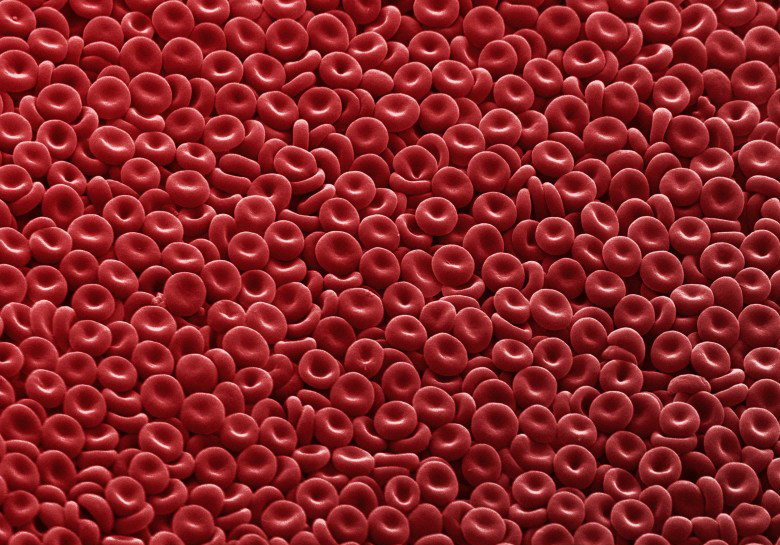

If there was a true fountain of youth, Peter Thiel would have a glass of water from the fountain at every meal. The billionaire investor seems to be obsessed with maintaining his youth and escaping death, investing millions of dollars into anti-aging startups that seek the best medicine and technology has to offer to stay young forever. But the prospect that he is most excited about–receiving blood transfusions of young people’s blood into his own veins (a practice known as parabiosis)–may not yet have the scientific evidence to back it up.
What Is Parabiosis?
Scientists have been studying the effects of parabiosis for decades. In theory, the idea makes sense: take the blood of someone younger, which contains restorative qualities that come with youth, and transfer it to where it’s needed most, in an older person’s body. Some studies done on mice have found this technique to be successful in regenerating muscles and helping in cognitive functioning. While this anecdotal evidence seemed interesting, scientists didn’t really understand what the mechanism was that was driving this anecdotal success.
Back in 2013, a research team at Harvard came up with the first theory suggesting that a protein called GDF11 was prominent in younger mice but less so in older ones. When they injected that specific protein into the heart muscles of a group of older mice, they found that those mice’s heart muscles became better able to pump blood, similar to that seen in younger mice, making researchers think that GDF11 was the key mechanism.
But subsequent studies didn’t seem to show the same results. In particular, one done by the Novartis Institute showed the opposite effect, that GDF11s increased with age and inhibited the production of new muscle, making the muscles worse.
In May of last year, a study published in Nature Communications found a different protein altogether–beta-catenin–may be the reason that parabiosis works.
Should We All Be Getting Regular Infusions Of Young Blood?
Since last year, there haven’t been any major studies that have come to any sweeping conclusions on the mechanisms through which parabiosis could work. But it’s clear that scientists think they have enough early evidence for it to be worthy of more scientific studies. And while much is still unclear, some human trials have pressed ahead. As Inc. points out, a clinical trial being done by a company called Ambrosia, found that
The idea is intriguing
